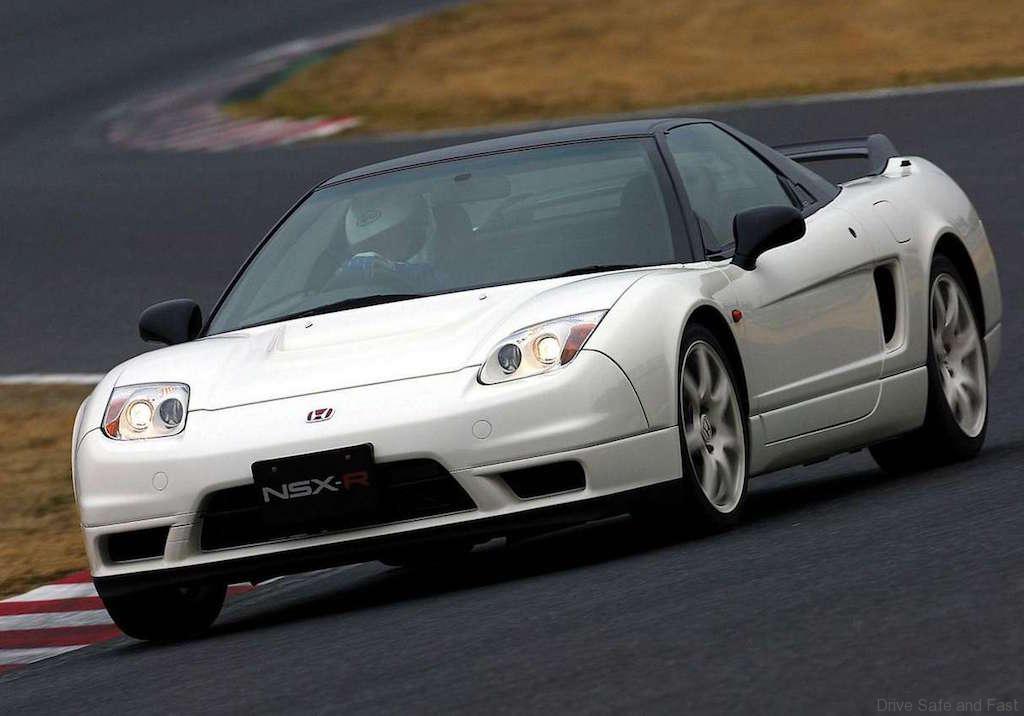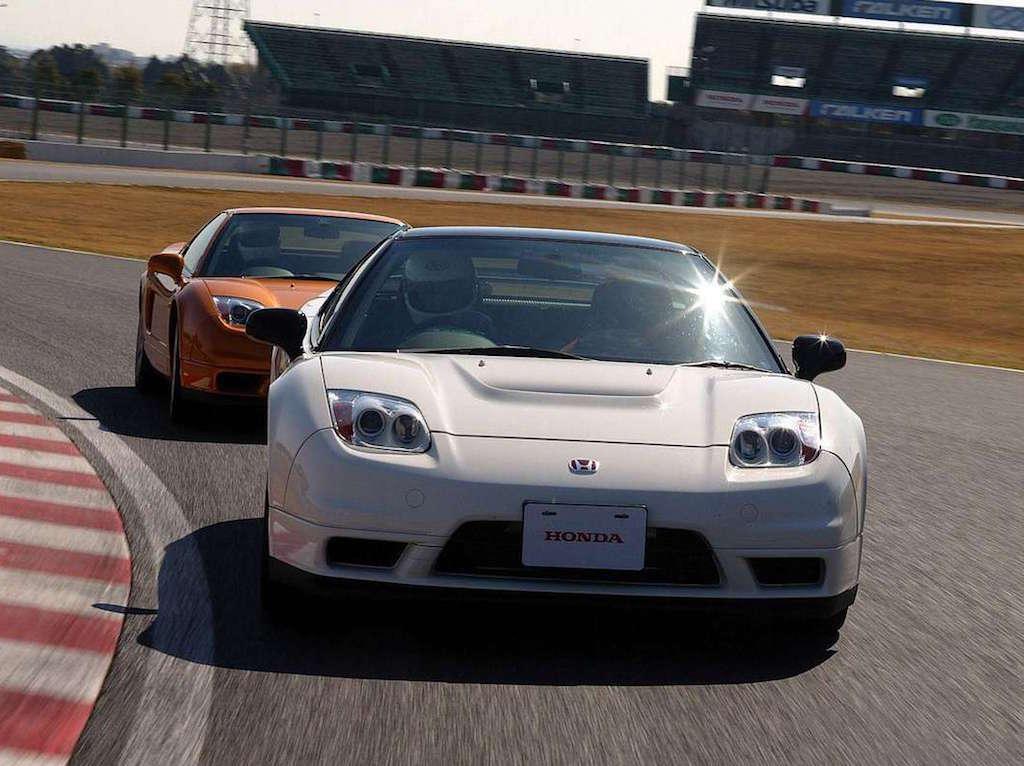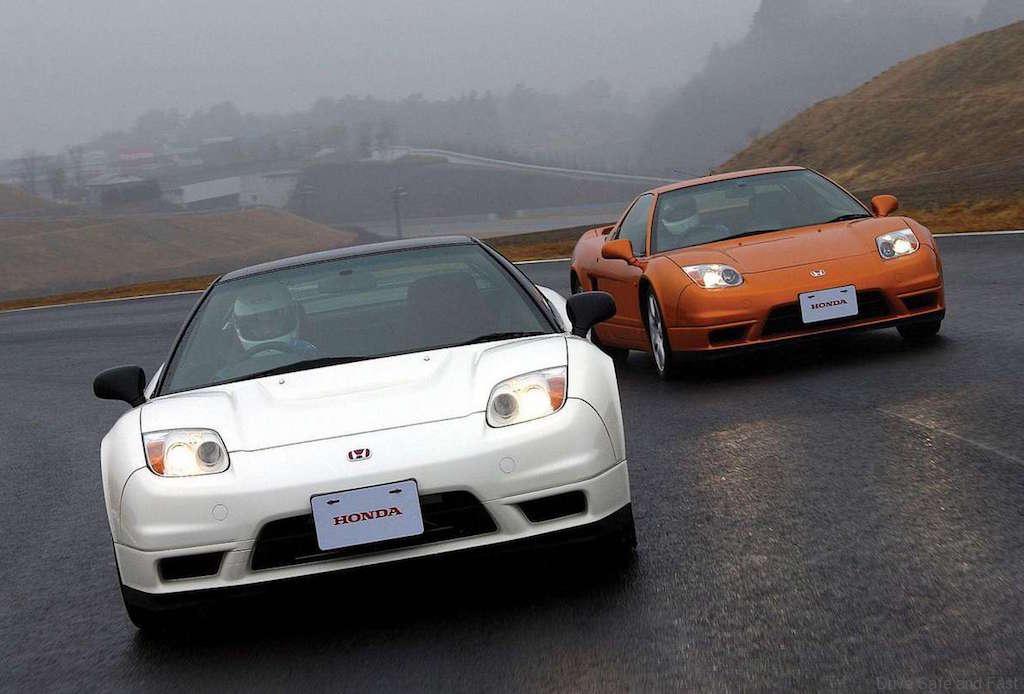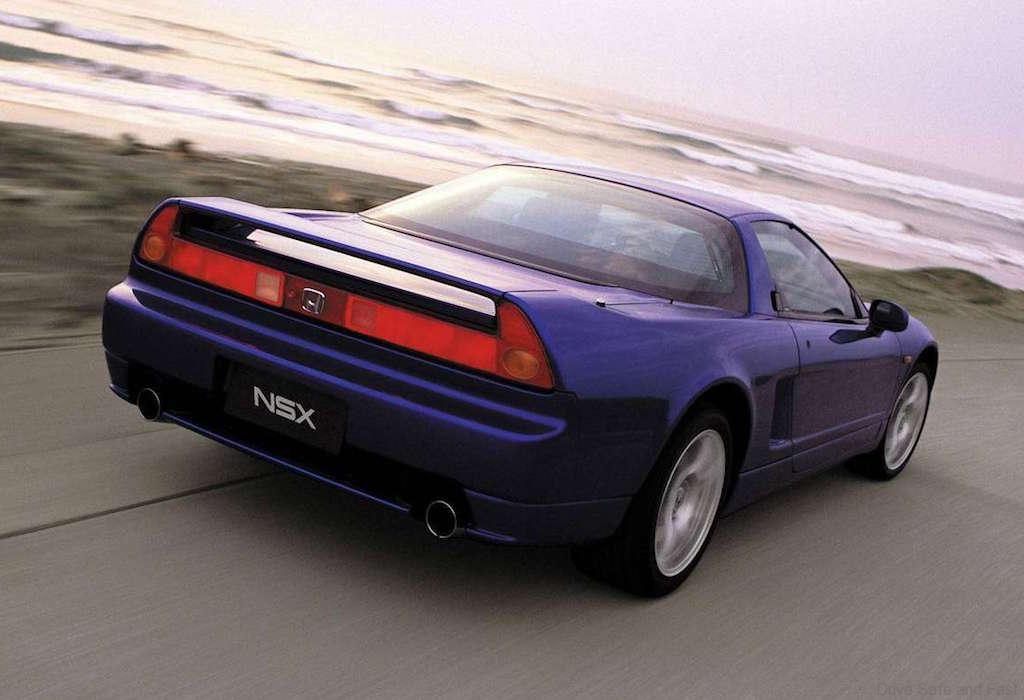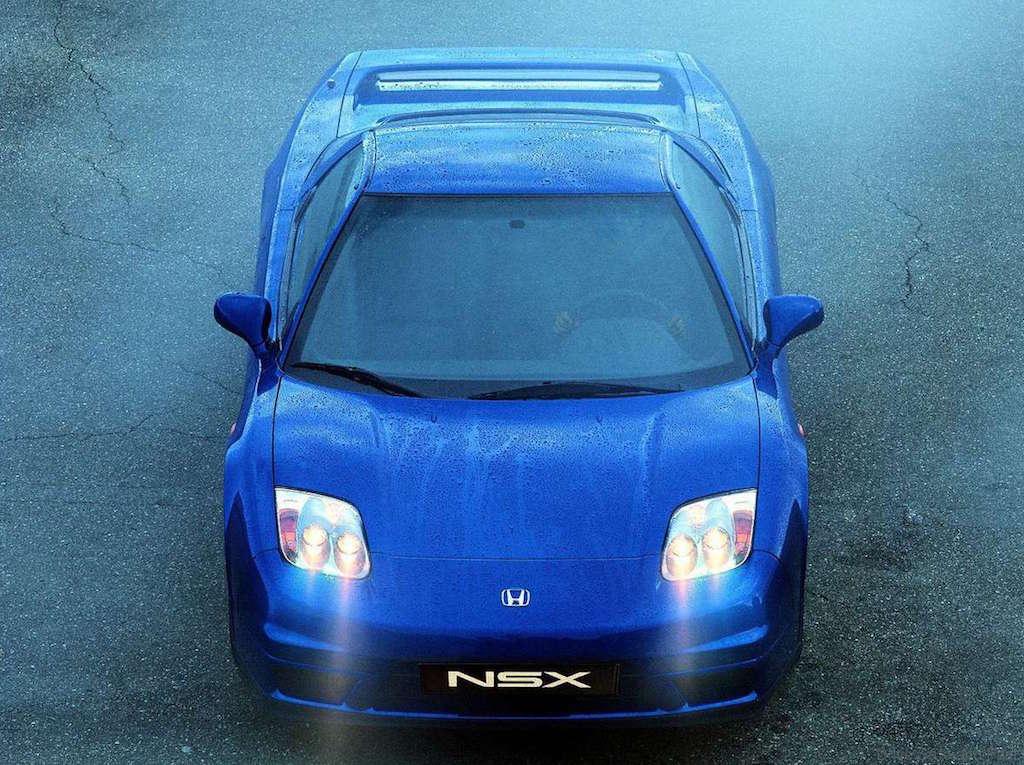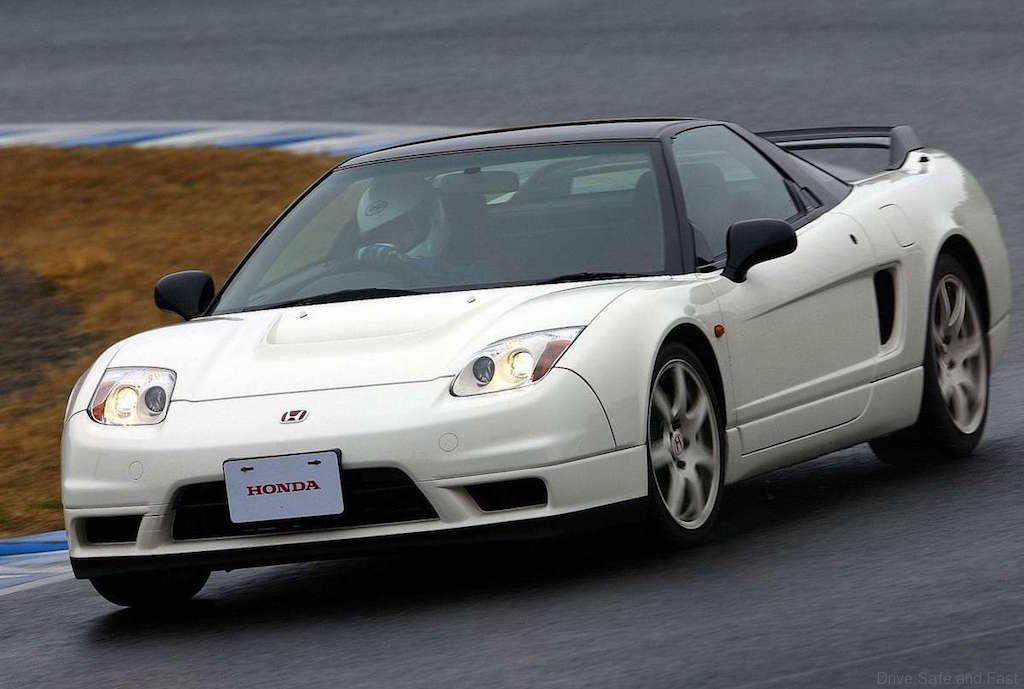Honda shocked the exotic car world when it introduced its NSX in 1990. Honda designers started with the basic exotic car wedge (championed by the Ferrari Testarossa and 308), that would remain basically unchanged for its entire life. To back up the styling, the mechanical specifications were right out of a race car. The NSX featured a super-light all aluminum chassis, body, and suspension, a first for a production car. The suspension was a double wishbone suspension, mounted at both ends on aluminum subframes. And the standard race-inspired V6 engine was mounted midship and featured Variable Valve Timing and Lift Electronic Control (VTEC), six individual coils, and titanium connecting rods. This was the first application of VTEC in any production vehicle, but Honda’s experience with the VTEC system in the NSX would eventually reach all other Honda and Acura vehicles.
Honda produced a very limited number of NSX type R in 1992 for Japan. Major changes include a more aggressive suspension and an extensive weight reduction to 1230 kg from the normal NSX weight of 1350 kg. The NSX type R was very track oriented as it lacked sound deadening, audio, electric windows, and air conditioning in an effort to reduce weight.
In 1995 the NSX-T was released with a targa top roof. The removable roof hurt the chassis rigidity of the NSX and added about 100 pounds of weight. Nevertheless, the NSX-T was the only NSX available in the U.S. for 1995 – coupes were not available. All roofs were now body colored instead of black and several new colors were available. Finally available on the manual transmission version NSX was the electric power steering previously only available in the automatic version.
1997 brought the biggest changes to the performance of the current generation NSX. For 1997 engine displacement increased from 3.0 L to 3.2 L. This new 3.2 L C32B engine gave it slightly more rated power. This improved horsepower from 270 hp to 290 hp while torque increased from 210 to 224 ft·lbf (manual transmission only). Another big change was the change from a 5-speed transmission to the current 6-speed manual. On the dragstrip, the new NSX rang up better numbers than the horsepower and torque improvements may suggest over previous model NSXs. Other notable changes include a brake rotor size increase from 12 inches to 13 inches, a new aluminum alloy to reduce weight and increase rigidity, and a transponder in the key.
Along with the engine enlargement in 1997, Japan received the NSX type S and NSX type S Zero, weighing in at 1320 kg and 1280 kg, respectively, and both with stiffer suspension than the normal NSX.
The biggest exterior changes for the NSX came in 2002 when it received a facelift with fixed headlights and various other cosmetic refinements such as xenon HID headlamps (see photo from LA Autoshow 2003). The fixed roof NSX was dropped for the 2002 model year. The suspension was revised and the NSX received larger wheels and tires. In addition, the NSX was now available in a number of exterior colors with either a matching or black interior to provide a number of possible color combinations.
A second iteration of the type-R dubbed NSX-R was released in 2002, again exclusively in Japan. The NSX-R has a more aggressive rear spoiler and hood vent, along with various refinements to reduce weight to 1270 kg. Under the body, panels and air fences in the front, along with a small rear diffuser serve to produce balanced downforce. The subtle changes along with its renowned handling have kept NSX-R in contention on the track even against considerably higher-powered cars, such as the Ferrari 360 Challenge Stradale, whose Nordschleife lap time it tied.
A more agile, more responsive, and quicker limited edition NSX called the NSX-R GT was later released.

